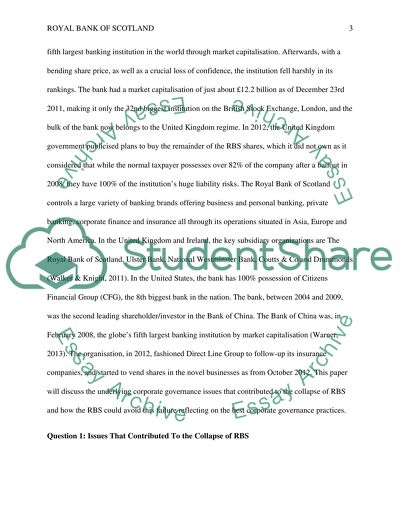Cite this document
(“Finance and accounting assignment: Royal bank of Scotland Assignment”, n.d.)
Retrieved from https://studentshare.org/finance-accounting/1404127-royal-bank-of-scotland
Retrieved from https://studentshare.org/finance-accounting/1404127-royal-bank-of-scotland
(Finance and Accounting Assignment: Royal Bank of Scotland Assignment)
https://studentshare.org/finance-accounting/1404127-royal-bank-of-scotland.
https://studentshare.org/finance-accounting/1404127-royal-bank-of-scotland.
“Finance and Accounting Assignment: Royal Bank of Scotland Assignment”, n.d. https://studentshare.org/finance-accounting/1404127-royal-bank-of-scotland.


